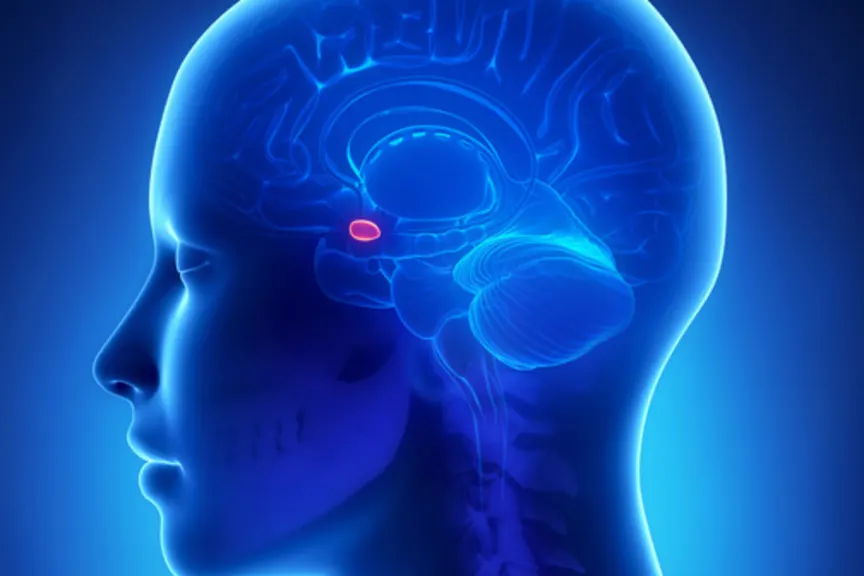Pathways to Anxiety: The Amygdala
Anxiety exists within the brain and wouldn’t occur without specific brain pathways. In particular, two pathways are primarily responsible for the anxiety response.

Anxiety exists withinthe brain and wouldn't occur without specific brain pathways. In particular, two pathways are primarily responsible for the anxiety response. The first is the cerebral cortex. This is the outer layer of the brain where all our thoughts, imagination, memory, intuition, planning, and logic exists. The second pathway, and the focus of this post, is theamygdala, two almond shaped structures, one on either side of the brain. If your anxiety appears to come from nowhere and there is no logical reason why you're experiencing it, you can thank your amygdala.
The amygdala creates aspects of anxiety outside of conscious knowledge or control. In less than one tenth of a second, it provides the means for adrenaline and an increase in heart rate and blood pressure. All the perspiration, muscular tension, and nausea you experience with anxiety stems from the amygdala.
An Old-fashioned Sentinel
The amygdala acts like a guard. It wants to protect us and keep us alive by the action of checking out and responding to potential threats. This is part of the problem. Our poor old amygdala hasn't caught up with the fact we're no longer being chased by bears, tigers, and other nasties. Our prehistoric ancestors really only needed to know two things, should I run or not? Today the amygdala still mostly offers us the same two choices. We're still more scared of creepy crawlies than we are of cars or guns, yet which are most dangerous?
Panic
The great benefit of the amygdala is that it provides us with the speedy reactions we term fight-or-flight. Most people can easily recall situations where they reacted instinctively to a situation or even just a perceived threat in the form of a sound, shape, or shadow. It can leave us feeling a bit embarrassed at times but that same mechanism has probably also spared us from injury or worse.
Many of the worst aspects of panic are due to the activation of the amygdala. The stomach upsets, pounding heart, hyperventilation, and trembling are due to the amygdala's attempts to prepare us for fight-or-flight.**
Less recognized, but certainly familiar to many people, is the freeze response.
Pittman and Karle prefer the termfight, flight, or freeze, because of the well know “rabbit in the headlights” effect. It's assumed that our ancestors would have encountered situations where running or fighting was more dangerous than simply being still. Movement triggers the chase response in many animals, so freezing may have offered a survival advantage. When we freeze, the amygdala has effectively overridden our other brain processes. This leads to a situation where you literally can't think your way out of it.
Anxiety Medication
你可能需要的药物targete焦虑d at the amygdala. The purpose of anxiety medication is to calm the amygdala down, which it does to a greater or lesser extent, but it does nothing to the actual neural pathway.
Our brains are hardwired to allow the amygdala to take over in certain situations. This may not always be convenient or helpful, but the design of the brain is old, and it still operates on the basis of assuming immediate and sudden dangers and then attempting to keep us alive.
If anxiety doesn't make sense to you it's because your cortex can't reason it away. Chemicals released by the amygdala directly affect the cortex and can quite literally change the way we think.
Pittman, C.M & Karle, E.M. (2015) Rewire Your Anxious Brain: how to use the neuroscience of fear to end anxiety, panic and worry. New Harbinger Publications





